John Daly 1991 PGA Championship: Here Comes The Wild Thing
The incredible story of the Wild Thing, John Daly, and his victory in the 1991 PGA Championship at Crooked Stick
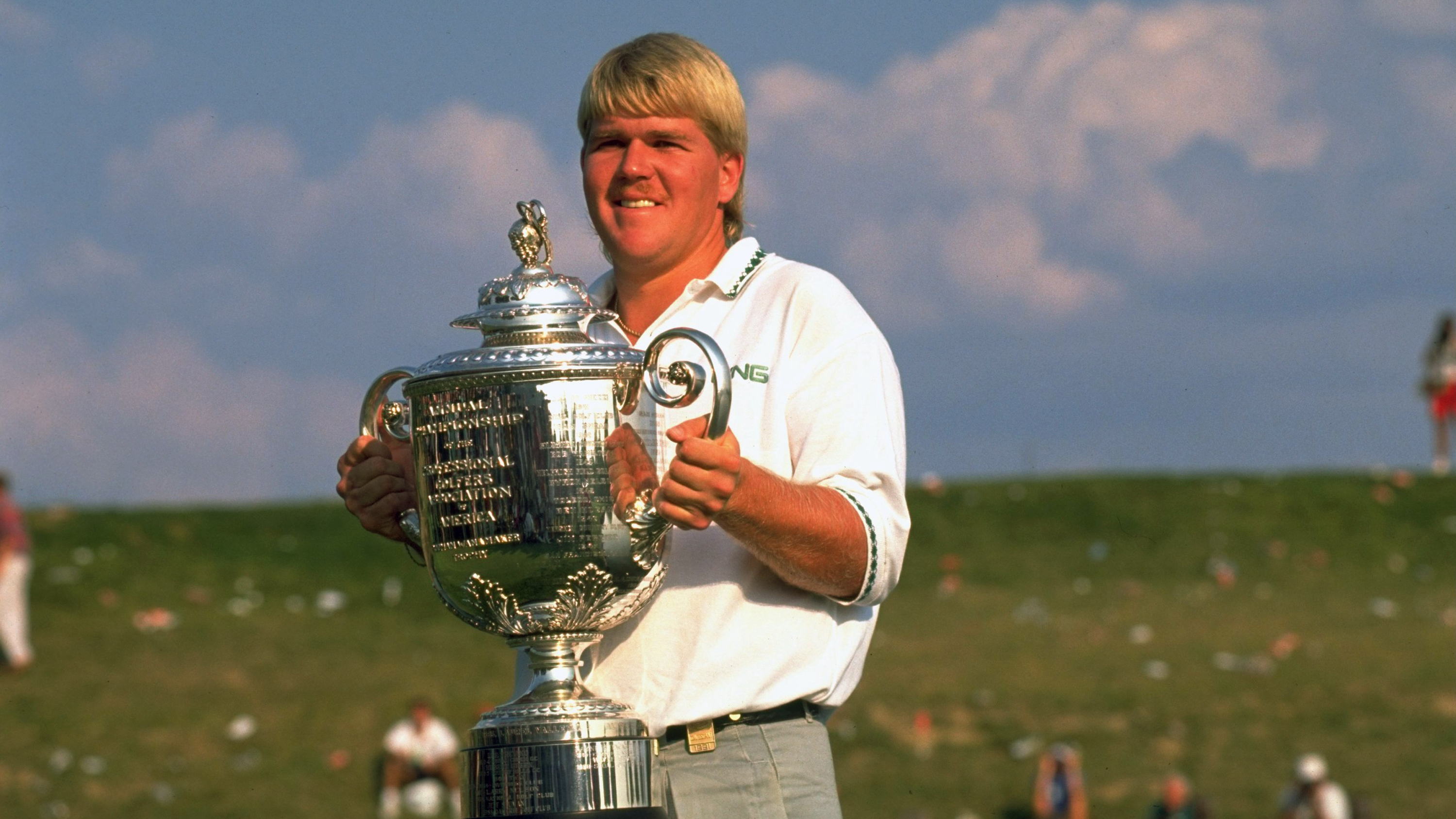

In 21 July 1991, Ian Baker-Finch triumphed in The Open Championship at Royal Birkdale. The Australian joined Ian Woosnam and Payne Stewart as the Major Champions for the year; that pair having won The Masters and US Open respectively. Finishing in the top ten at Birkdale were other players from the world’s top ten: Fred Couples, Seve Ballesteros, Bernhard Langer and Greg Norman.
Together with Nick Faldo and Jose Maria Olazabal, these were the star players of the day. These were the men who would, surely, three weeks after Birkdale, be battling down the stretch for the PGA Championship at Crooked Stick Country Club, Indiana… or perhaps not.
The same week that Baker-Finch lofted the Claret Jug, PGA Tour players not qualified for, or unwilling to travel to, The Open Championship contested the Chattanooga Classic at Valleybrook Country Club in Tennessee.
Little attention was paid to that event and few really noticed the winner was Dillard Pruitt. Even fewer noted who finished third. It was a heavy-smoking, hard-drinking, mullet-sporting 25-year-old who grew up in Arkansas called John Daly. He tied with PGA Tour journeyman Jim Gallagher Jr. and collected $33,600 for his best-ever result on the PGA Tour.
Daly had dropped out of the University of Arkansas in 1987 and turned professional. He spent three and a half years scraping by on meagre earnings from the US ‘mini-tours’ whilst drinking a bottle of Jack Daniels a day and eating McDonald’s for almost every meal.
But, on the fourth time of asking, he came through PGA Tour Q School and earned playing rights for the 1991 season.
He had made 13 cuts on the circuit by the end of July and accrued earnings of some $160,000. Not bad, but not good enough to secure a place in the PGA Championship. He was the ninth reserve, with little or no chance of gaining a start time. But Ken Anderson, keeper of the PGA Tour’s alternate list, was taking no chances.
Get the Golf Monthly Newsletter
Subscribe to the Golf Monthly newsletter to stay up to date with all the latest tour news, equipment news, reviews, head-to-heads and buyer’s guides from our team of experienced experts.
“I’d never heard of him,” he said later. “I had to go and look him up in a player guide so I knew what he looked like in case I had to go find him!”
The stars aligned
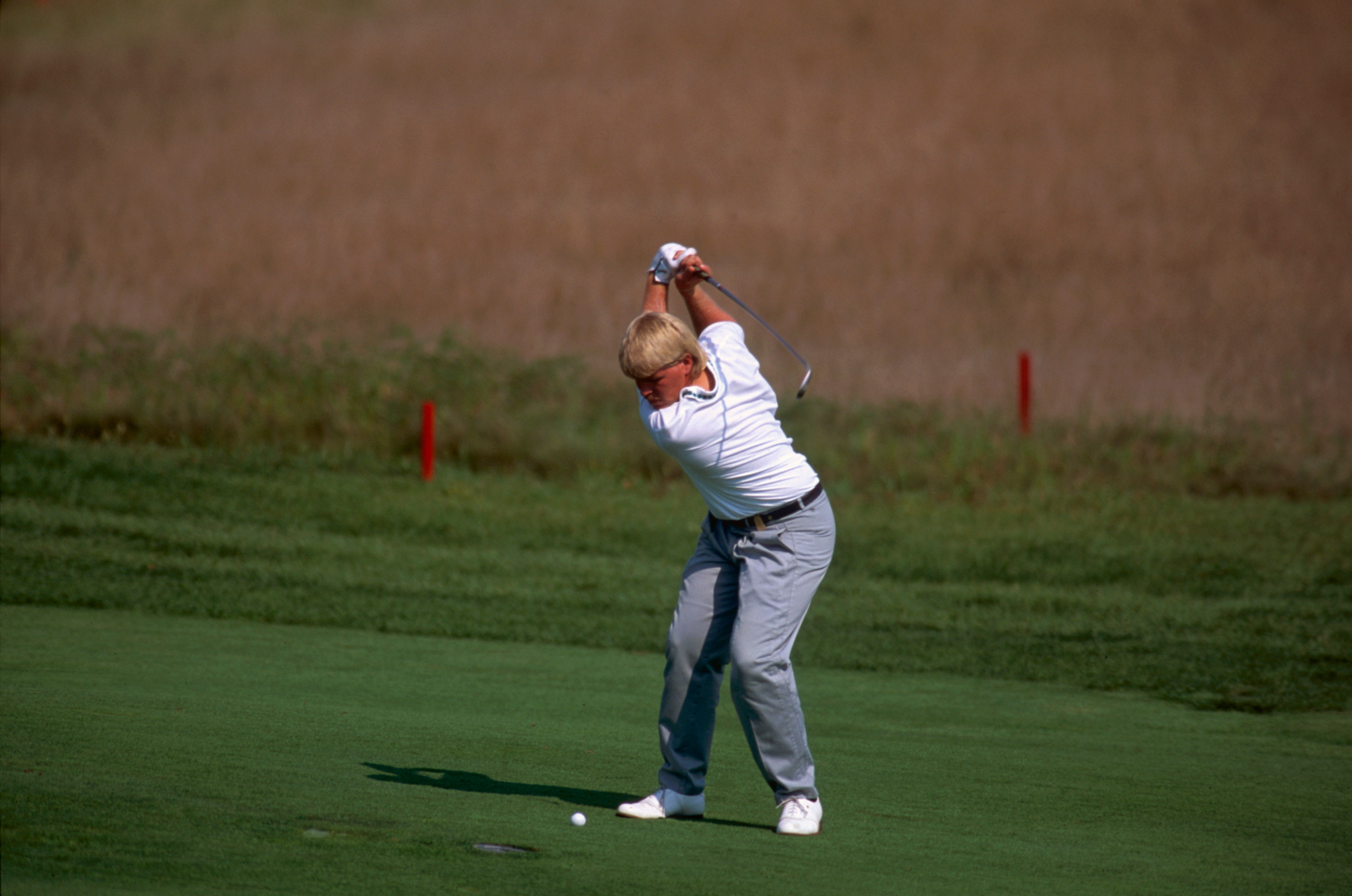
Daly was an unexpected starter at Crooked Stick
But an incredible series of events led to Daly’s inclusion in the year’s final Major. First, Mark James elected to stay in Europe to try and qualify for the Ryder Cup allowing first alternate Dave Barr in.
Next, Lee Trevino withdrew through exhaustion and second man Keith Clearwater had a place. Buick Open winner Brad Faxon was already in the field so his spot went to third reserve Mark Wiebe.
Then, Gibby Gilbert developed an inner-ear problem so fourth alternate Bob Wolcott got the call-up. Furthermore, fifth replacement Doug Tewell gained a start when Paul Azinger decided he hadn’t fully recovered from shoulder surgery.
Even with all those withdrawals, there were still three ahead of Daly a couple of days before the event.
With nothing else in his diary, Daly decided to make the drive to Indiana from his home in Memphis anyway. He later admitted his principal objective was to enjoy a few (for that read many) drinks with his good friend Fuzzy Zoeller. Mind you, he did stick his clubs in the boot of his car… just in case.
Arriving late on Wednesday night, there was a message on his hotel room answer phone. He had a tee time at 1.58 the following afternoon. Nick Price had withdrawn as his wife Sue was about to give birth, and the three men ahead of Daly on the list had turned down the place for various reasons of injury and circumstance. Daly was in.
Needless to say, Daly’s was not among the names of favourites being bandied around as the tournament got underway. Other than those already mentioned, possible candidates included the likes of Lanny Wadkins, Mark O’Meara, Corey Pavin and Billy Andrade, who had won in consecutive weeks on the PGA Tour in June.
Crucial caddie
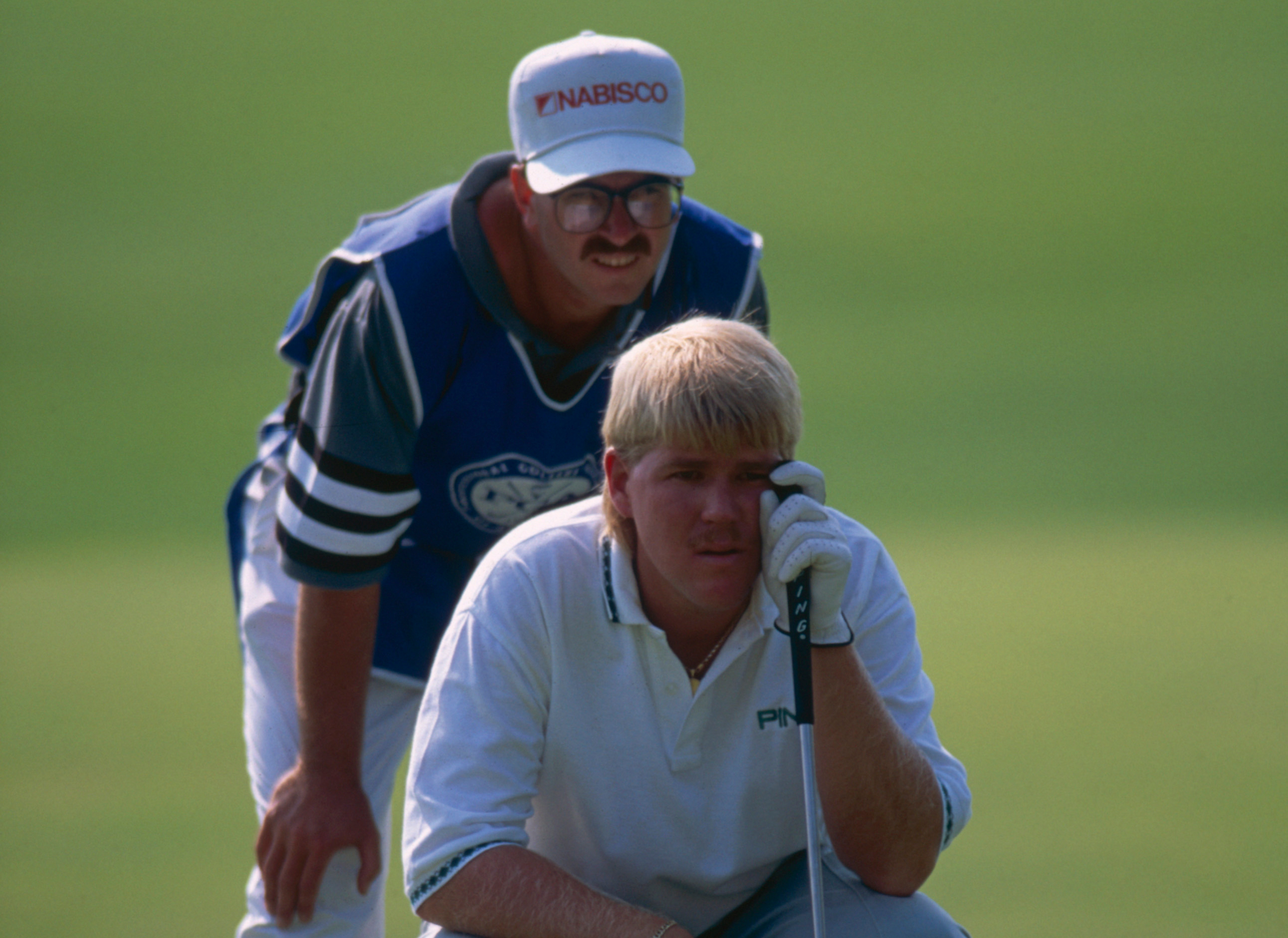
Daly and stand-in caddie Jeff "Squeaky" Medlin
Of more immediate concern for Daly than his potential rivals was the fact he didn’t have a caddie and he hadn’t played a practice round; he hadn’t even seen the course before!
Fortunately, the man scheduled to carry Nick Price’s bag was left looking for a job so Daly procured the services of one Jeff ‘Squeaky’ Medlin for the week. Medlin went on to caddie for Price in all three of his Major victories, but the Ohioan sadly died of leukaemia in 1997.
Squeaky had been at Crooked Stick since the Monday and had been meticulous in his analysis and measuring of the 7,295-yard layout. His help would be crucial to Daly through the week.
Paired with one of the favourites, Billy Andrade, Daly played the first round blind, with Squeaky acting as guide dog.
“I just remember John asking [Squeaky], ‘where do I hit it here?’ on every hole,” said Andrade. Despite his ignorance of the course, Daly posted an opening 69 and was two back from the leaders Kenny Knox and Ian Woosnam.
Woosnam was expected to be there, Knox less so. He was 112th on the World Golf Ranking and, although known as a deadly putter, his tee-to-green game was more than a little suspect and he was a relatively short hitter. He had made the cut in just five Majors from 13 starts prior to this tournament. Safe to say he, like Daly, was expected to fade.
After a second round of 67, players and spectators alike began to realise that Daly might not be going anywhere. He was one clear of veteran Bruce Lietzke and the excitement around this monster-hitting rough diamond was growing.
The Pete Dye course at Crooked Stick had been set up to make driving difficult with bunkering closing in at 260 yards and opening up slightly at 280. Prior to the event, Dye had taken long-hitting Greg Norman out on the course to see if the trouble was correctly placed.
With the Australian unable to carry most of the hazards, the famous designer felt he had it spot on. But Daly averaged some ten yards further from the tee than the Great White Shark and could often shift it even further than that. He was capable of beasting the ball over everything at Crooked Stick. On doglegs, he simply cut the corner and left a short-iron into the greens while the rest of the field were going in with long-irons and even woods.
Power and precision
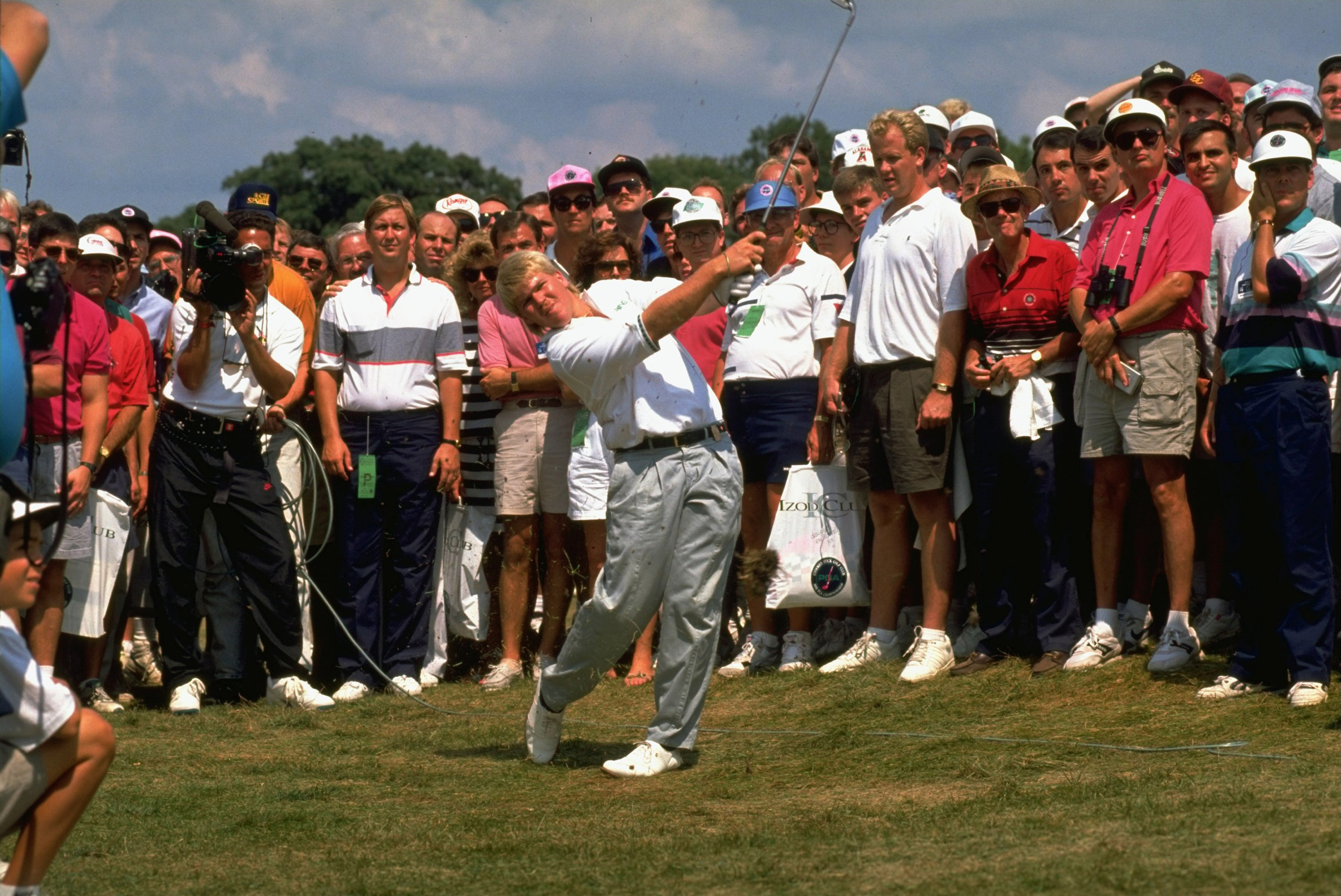
Daly had incredible power but also incredible skill and touch
In round three, Daly’s experienced playing partner Lietzke couldn’t believe what he was seeing. The 40-year-old from Kansas was being outdriven by 50 yards on every hole.
“There was a guy out there holding a sign showing ‘John 3:16’,” Lietzke said. “One of the journalists wrote that he didn’t know if he was making a religious statement or giving Daly’s driving average.”
But it wasn’t just his huge power that attracted attention. Daly was putting like a genius and his touch around the greens was nothing short of immaculate.
“I made every six to eight-footer I had all week,” Daly remembered. “He putted like a kid, ramming everything into the cup,” said Billy Andrade.
Daly posted a 69 on Saturday to reach 11-under-par. Lietzke stalled with a 72 and was tied for third on seven under. It was demon-putter Knox who would partner Daly in round four – the 34-year-old was eight under and four back.
Despite opening with a bogey, Daly retained his composure on day four, bouncing back with a birdie at the 2nd and making further gains at the 5th, 13th and 15th holes to go well clear. But, when he three-putted for double on the 17th, the door opened just a crack. With water a threat down the 18th, Lietzke – who by that stage was just three behind – might have thought there was a chance.
How was Daly’s temperament? Early indications were that it was steady as the youngster finished with a solid par to claim the title with something to spare. He’d beaten Lietzke by three shots.
Gallagher Jr. – the man who tied with Daly in the Chattanooga Classic – closed out well with a 67 to end the week in third place. The 30-year-old finished one ahead of Knox, who slipped back with a 74 and, after 1991, never featured again on the PGA Tour.
The final top six at Crooked Stick makes for remarkable reading. Tied for fifth spot were veteran journeyman Bob Gilder and 25-year-old Englishman Steven Richardson.
Of the top six, Richardson was best placed on the world ranking coming into the event. He was 43rd on the list after enjoying an excellent first half to the season in Europe. He won both the Girona Open and Portuguese Open earlier that year.
The son of the club pro at Lee-on-the-Solent in Hampshire, Richardson had won the English Amateur Championship in 1989. At the time of the 1991 USPGA, Richardson was considered to be the next big thing in English golf. He played in the 1991 Ryder Cup and won the German Masters of 1993.
But thereafter his game began to desert him and his name steadily disappeared from leaderboards. Richardson last played on the European Tour in 2008.
Career highs
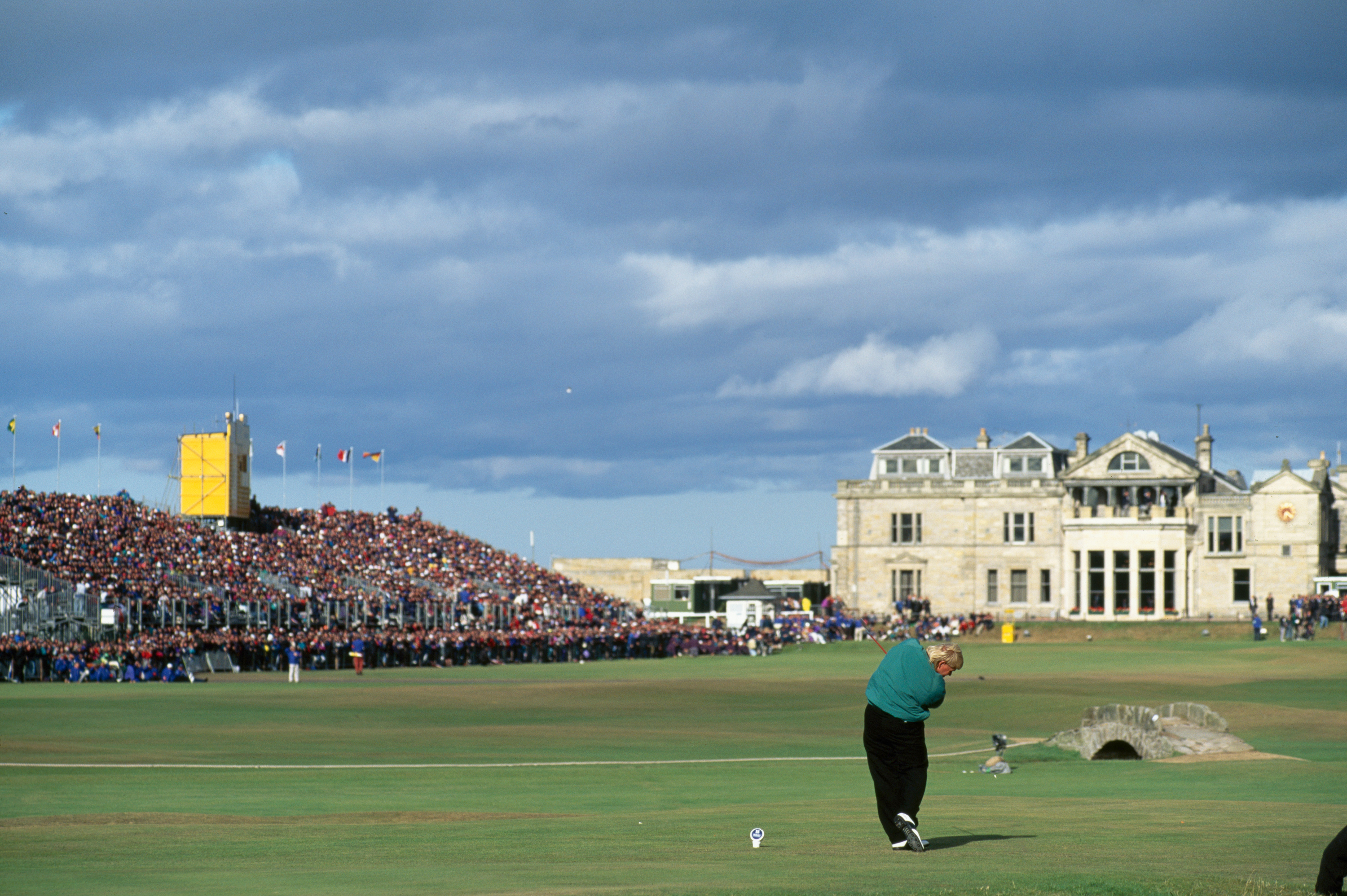
Daly at St Andrews in 1995
For all but one of the top six, the 1991 USPGA Championship delivered a career-best Major finish that wouldn’t be equalled. The ‘but one’ was Daly. He went on to famously win The Open Championship at St Andrews in 1995, beating Constantino Rocca in a four-hole play-off. His career has been one of flamboyance and inconsistency.
At his best, as at Crooked Stick and St Andrews, he has been able to produce golf of sublime quality. But, at his worst, he has been wholly unpredictable on and off the course. Problems with gambling, drinking and over-eating have contributed to instability that has been revealed all too often on the golf course. Hitting six balls into a lake and walking off the course in the 2011 Australian Open springs to mind.
But it’s that uncertainty that has made Daly such compelling viewing for golf fans over the last 30 plus years. ‘Wild Thing’ continues to play and attract the crowds who just can’t wait to see what he does next.

Fergus is Golf Monthly's resident expert on the history of the game and has written extensively on that subject. He has also worked with Golf Monthly to produce a podcast series. Called 18 Majors: The Golf History Show it offers new and in-depth perspectives on some of the most important moments in golf's long history. You can find all the details about it here.
He is a golf obsessive and 1-handicapper. Growing up in the North East of Scotland, golf runs through his veins and his passion for the sport was bolstered during his time at St Andrews university studying history. He went on to earn a post graduate diploma from the London School of Journalism. Fergus has worked for Golf Monthly since 2004 and has written two books on the game; "Great Golf Debates" together with Jezz Ellwood of Golf Monthly and the history section of "The Ultimate Golf Book" together with Neil Tappin , also of Golf Monthly.
Fergus once shanked a ball from just over Granny Clark's Wynd on the 18th of the Old Course that struck the St Andrews Golf Club and rebounded into the Valley of Sin, from where he saved par. Who says there's no golfing god?
-
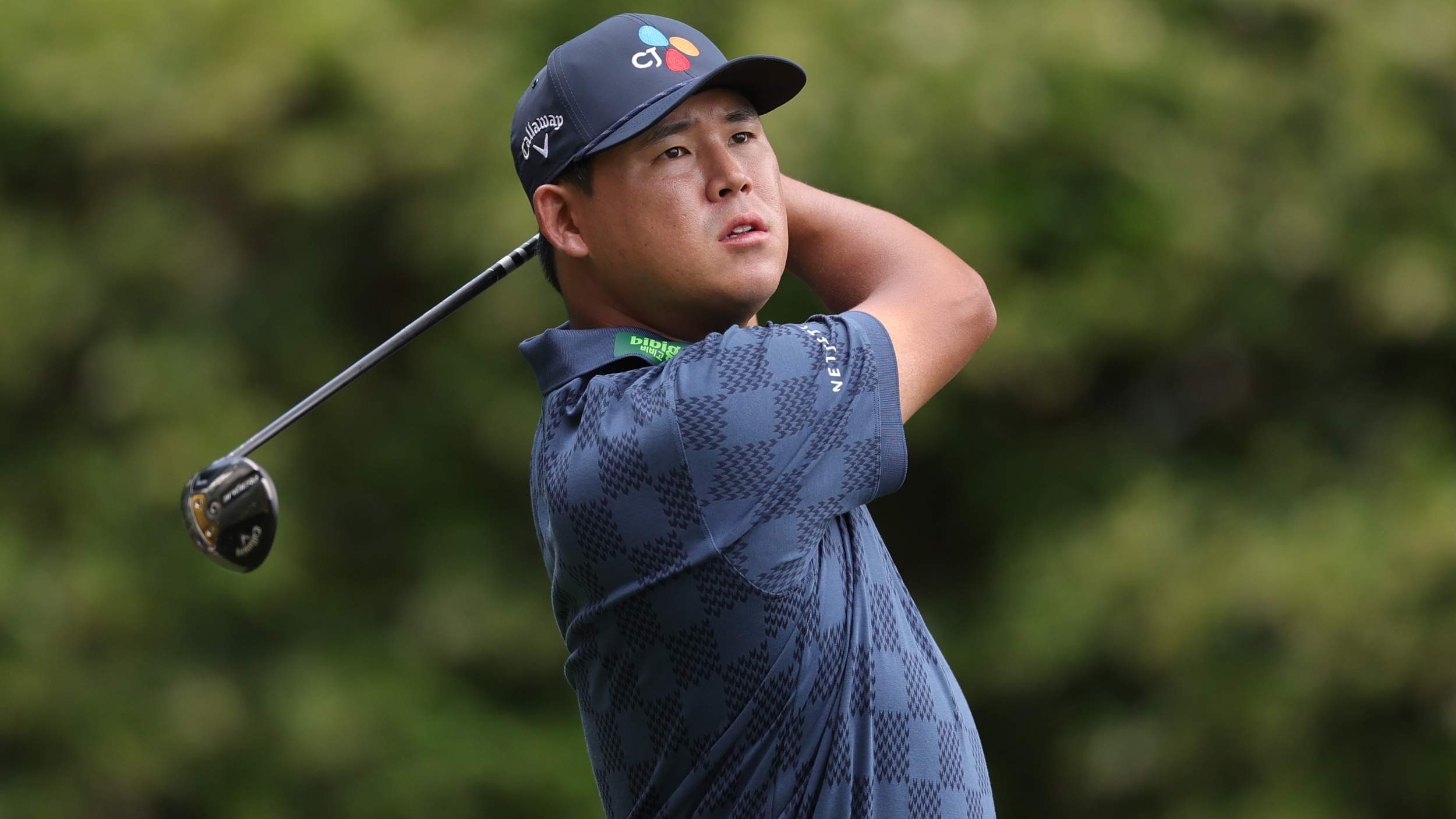 RBC Heritage Tee Times 2025: Round Four
RBC Heritage Tee Times 2025: Round FourA fascinating final day is in prospect at Harbour Town as some big names challenge for the title - here are the tee times for Sunday
By Mike Hall
-
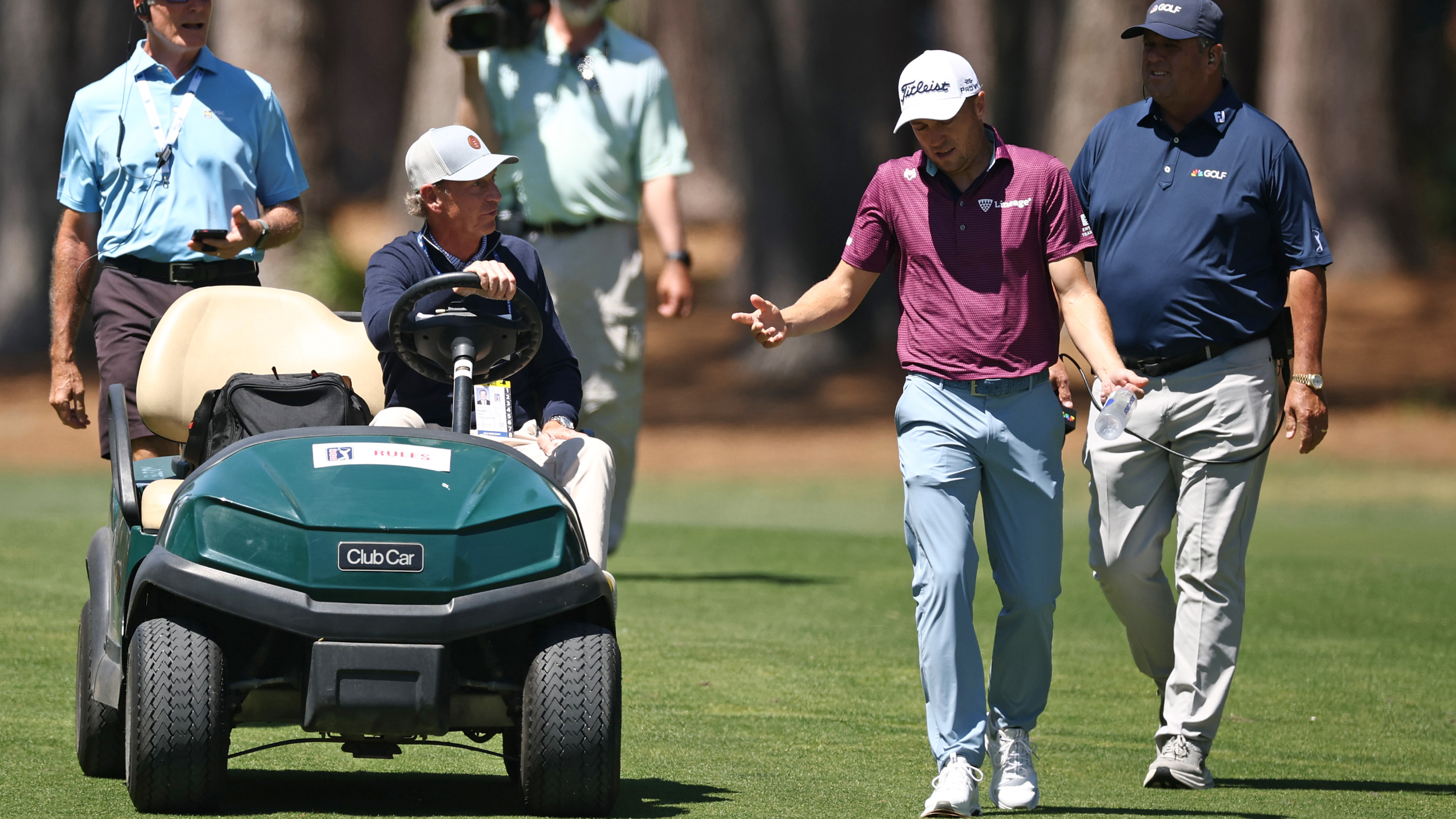 Justin Thomas Calls One-Stroke Penalty On Himself In Third Round Of RBC Heritage
Justin Thomas Calls One-Stroke Penalty On Himself In Third Round Of RBC HeritageThe overnight leader breached a rule on just his second hole of the day as his bid for a first win since 2022 suffered a setback
By Mike Hall
-
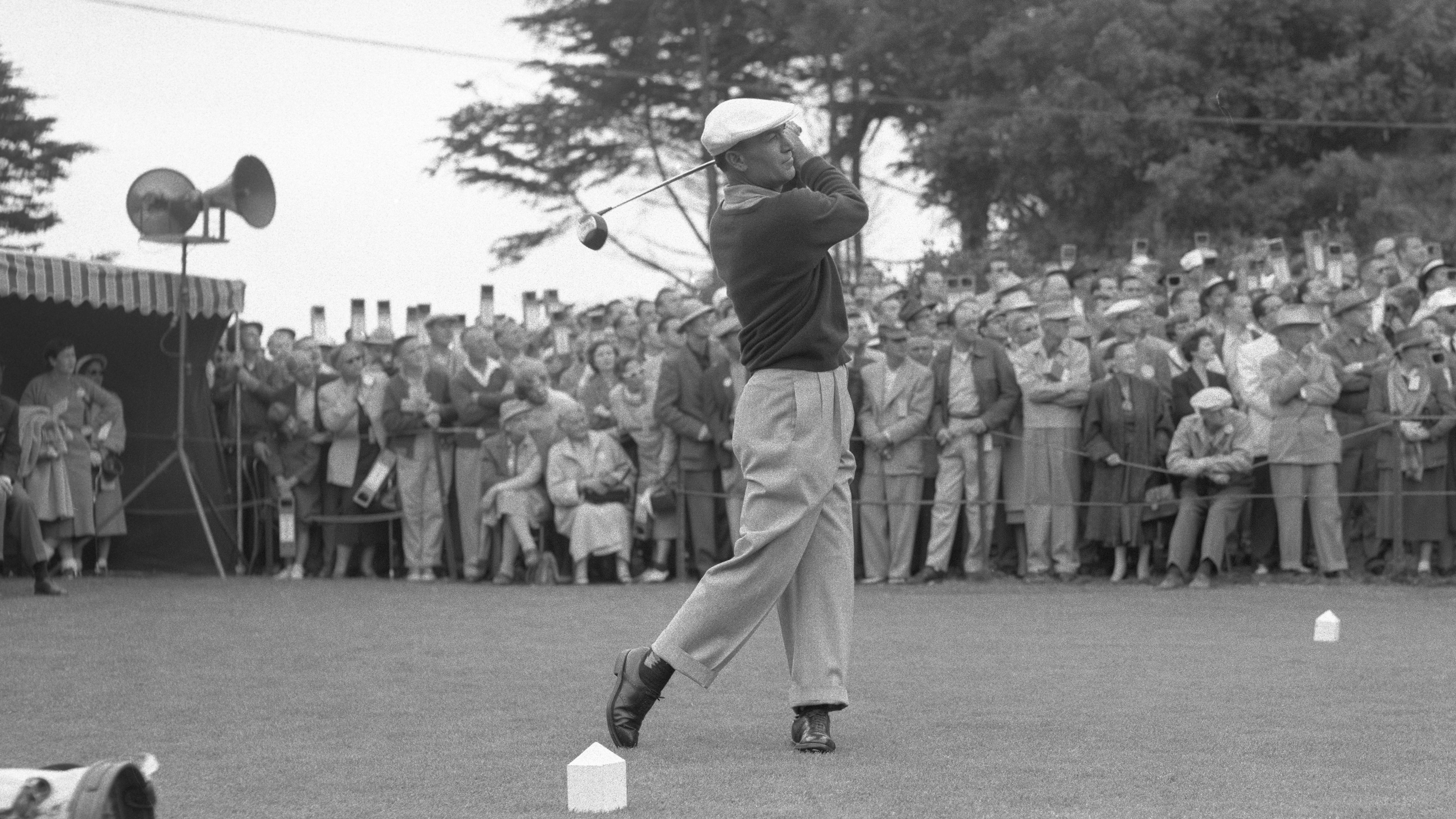 Quiz! How Much Do You Know About Ben Hogan?
Quiz! How Much Do You Know About Ben Hogan?Ben Hogan was one of the greatest golfers in the history of the game. He was a brilliant swinger of the club and is an icon of the sport. How much do you know about him? Test yourself here…
By Fergus Bisset
-
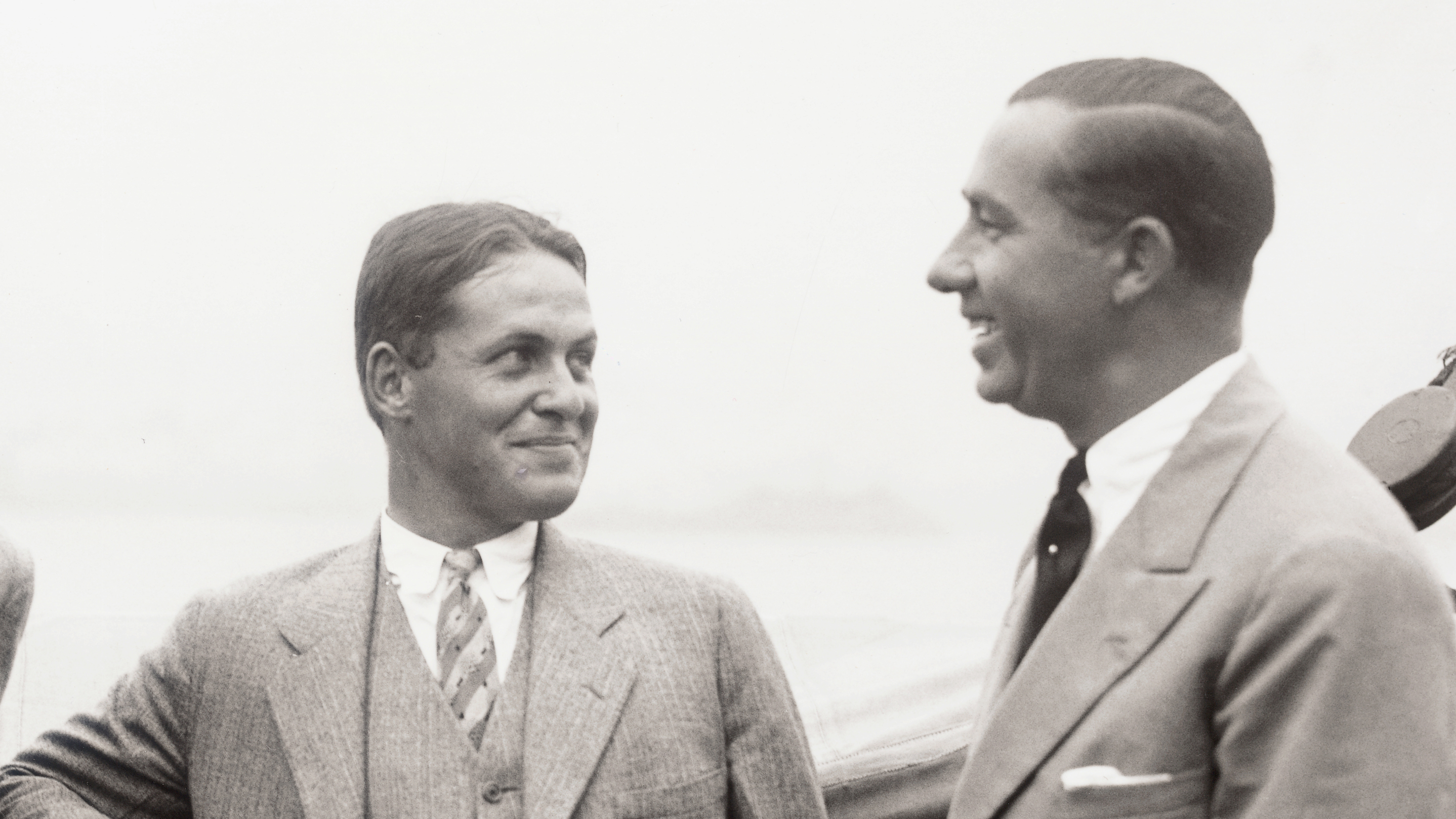 Quiz! Golf In The Roaring 20s – How Much Do You Know About Walter Hagen and Bobby Jones?
Quiz! Golf In The Roaring 20s – How Much Do You Know About Walter Hagen and Bobby Jones?Walter Hagen and Bobby Jones were the standout star golfers of the 1920s. How much do you know about their golfing careers? Test yourself with this quiz
By Fergus Bisset
-
 How Far Did Old Tom Morris Drive The Golf Ball?
How Far Did Old Tom Morris Drive The Golf Ball?Old Tom Morris became a golfing legend in the second half of the 19th century, but how far could he hit the golf ball?
By Fergus Bisset
-
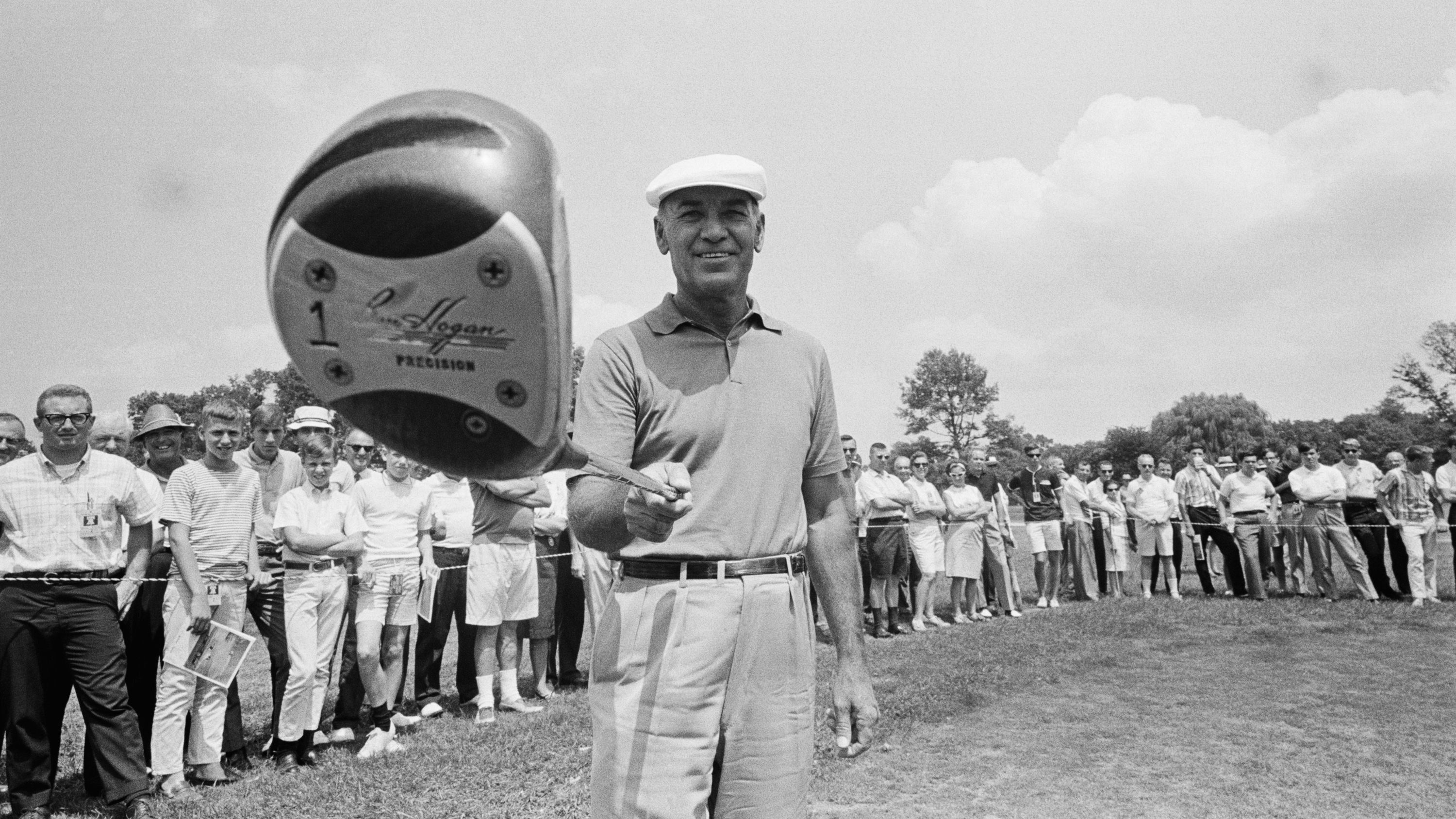 Injury, The Yips And No Form... How Ben Hogan Almost Pulled Off The Unthinkable In His Last Masters Appearance
Injury, The Yips And No Form... How Ben Hogan Almost Pulled Off The Unthinkable In His Last Masters AppearanceAt Augusta National in 1967, 54-year-old Ben Hogan rolled back the years with an incredible back nine of 30 in the third round of his final Masters
By Fergus Bisset
-
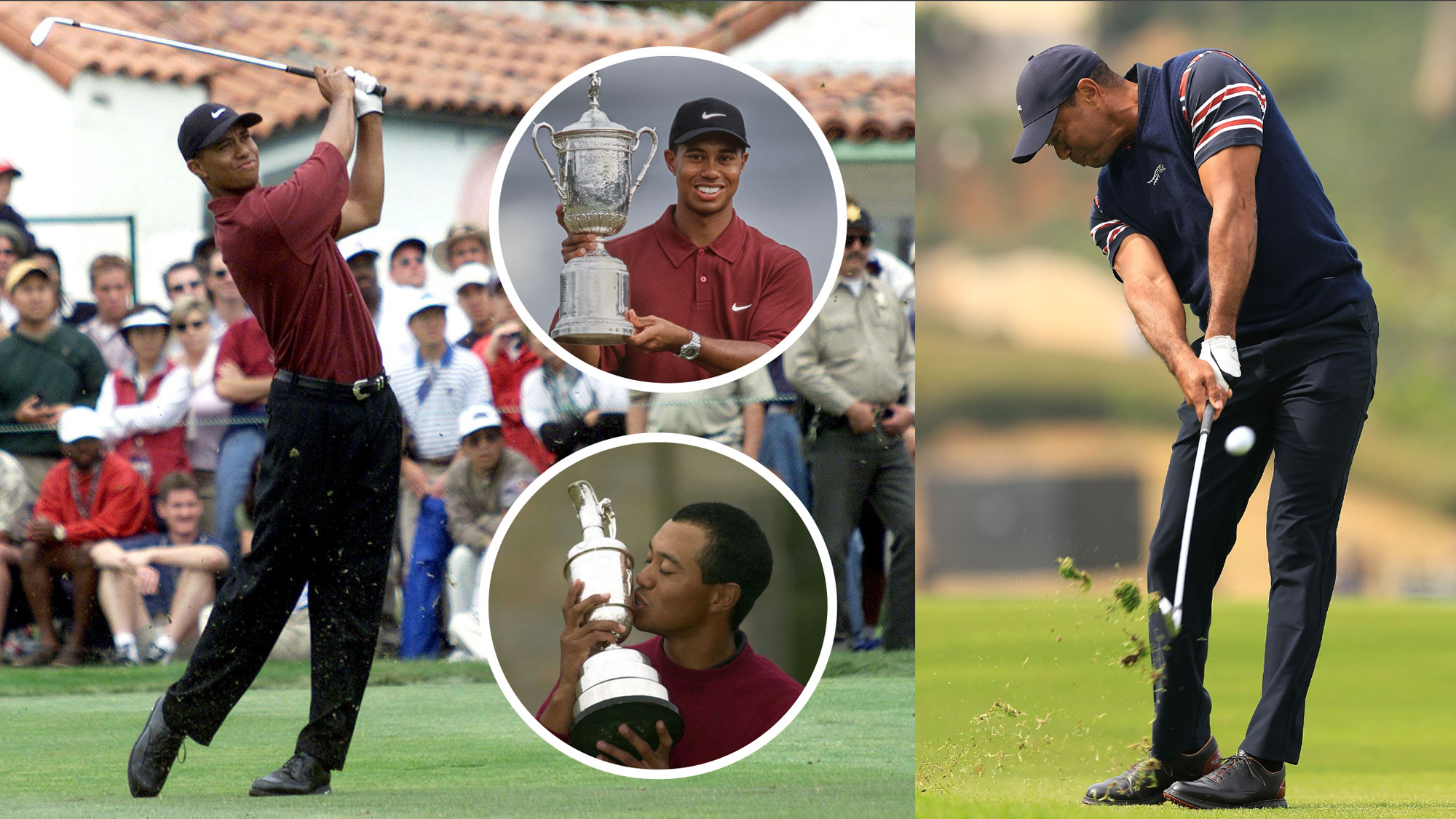 How Would The Unstoppable Tiger Woods Of 2000 Get On Against Today's Best Golfers? We've Crunched The Numbers To Find Out...
How Would The Unstoppable Tiger Woods Of 2000 Get On Against Today's Best Golfers? We've Crunched The Numbers To Find Out...In 2000, Tiger Woods played golf that seemed, and was at times, out of this world. Was it the best anyone has ever played? How would it compare to the best of today?
By Fergus Bisset
-
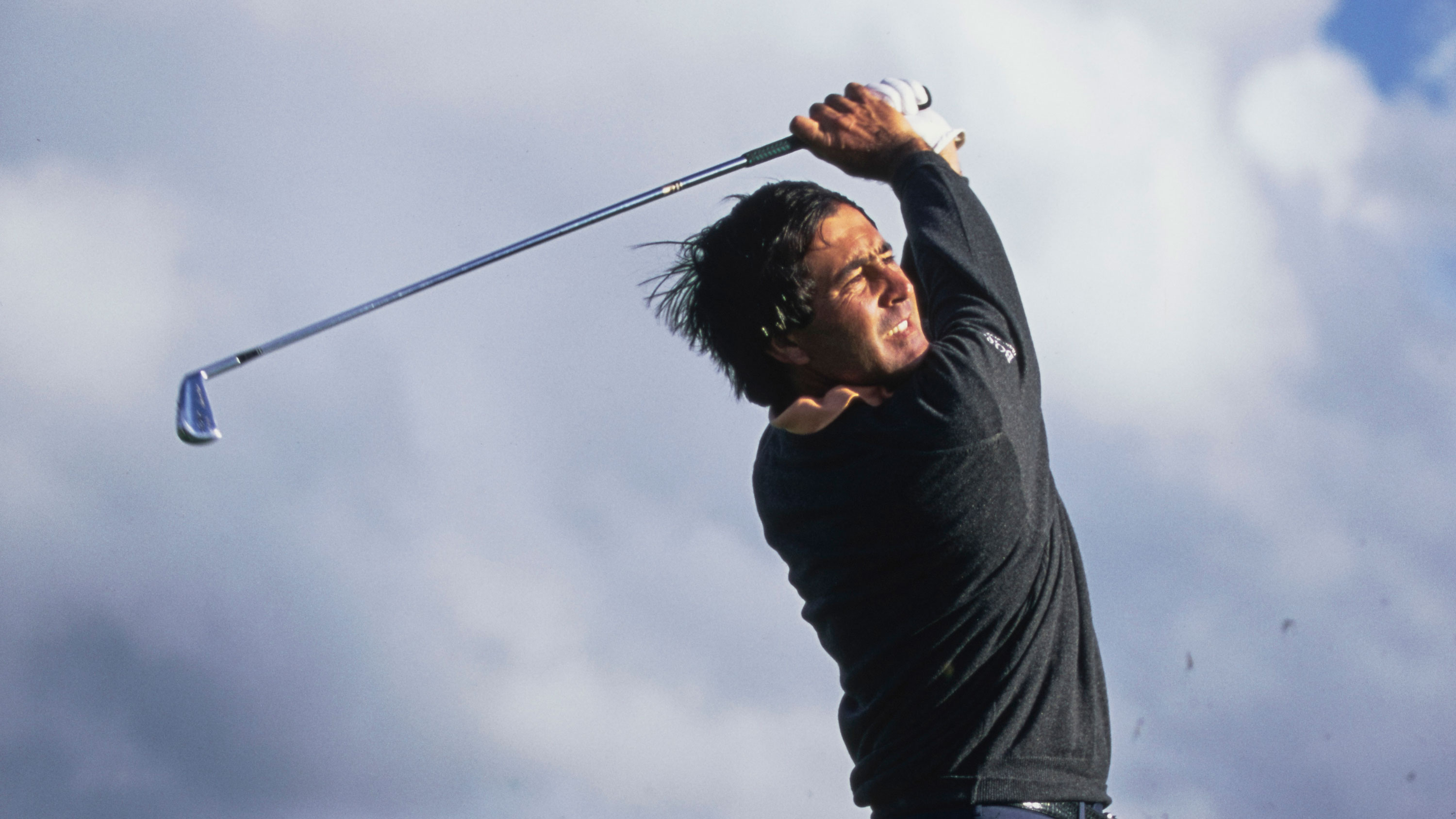 Seve Or Arnie, Who Did More For The Modern Pro Game?
Seve Or Arnie, Who Did More For The Modern Pro Game?Both men were inspirational, and both played a key role in the development of the professional game during the second half of the 20th century.
By Fergus Bisset
-
 It Only Took 19 Play-Off Holes... The Amazing Story of Hale Irwin's Record-Breaking 1990 US Open Win
It Only Took 19 Play-Off Holes... The Amazing Story of Hale Irwin's Record-Breaking 1990 US Open WinHale Irwin came through a play-off to become the oldest ever US Open winner in an unlikely and highly memorable contest at Medinah
By Fergus Bisset
-
 Woods Vs Mickelson – The Numbers Behind One Of Golf’s Great Rivalries
Woods Vs Mickelson – The Numbers Behind One Of Golf’s Great RivalriesWe take a look at the careers of two legends from the last 35 years of golf and compare some of the numbers behind their success.
By Fergus Bisset